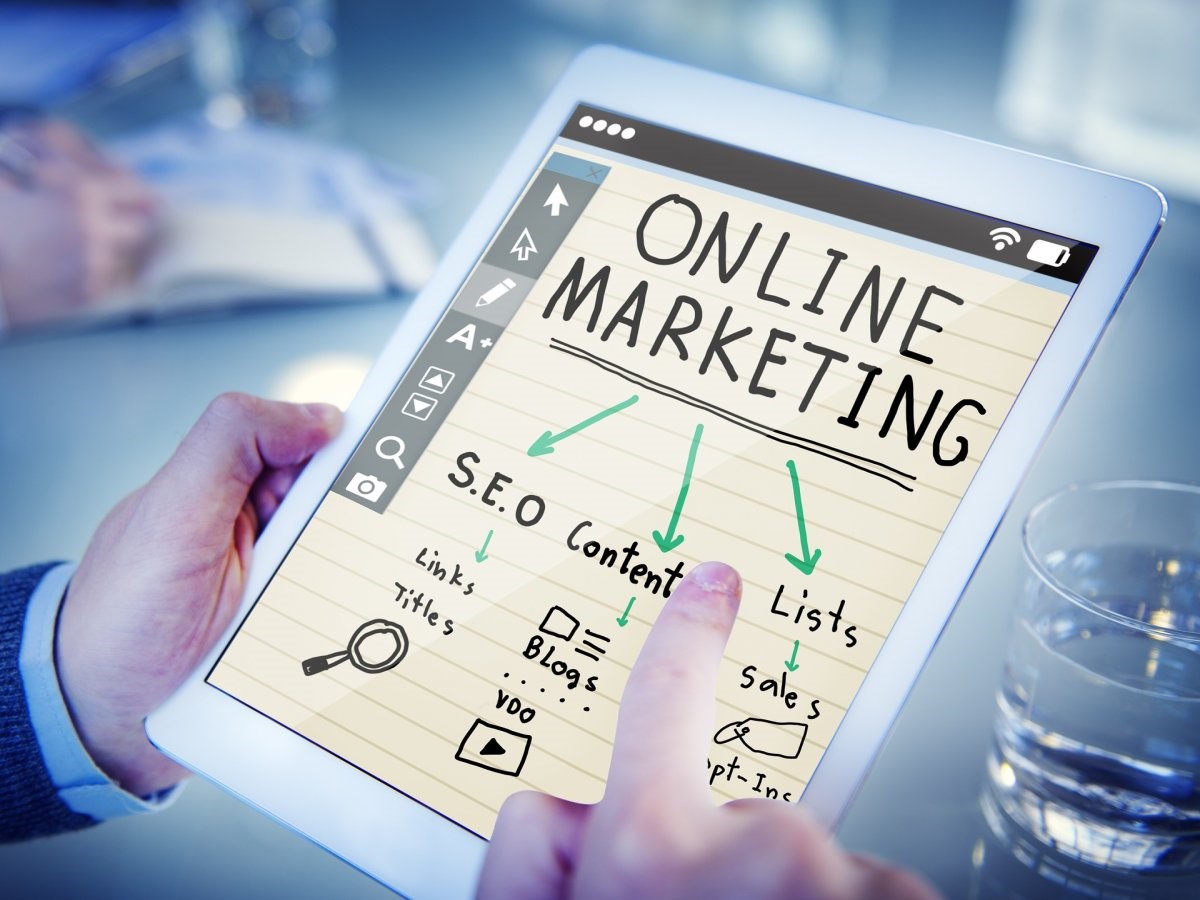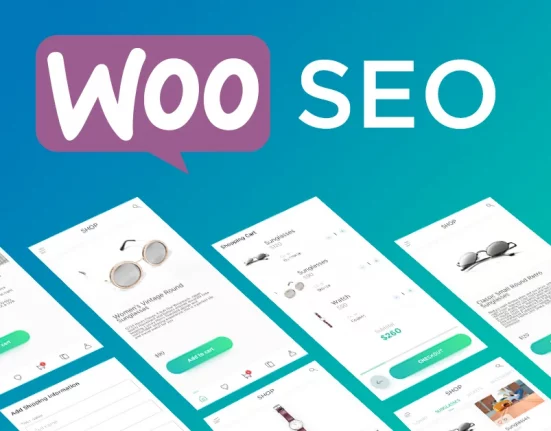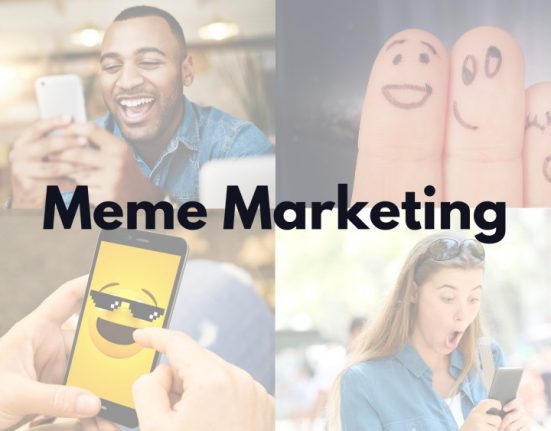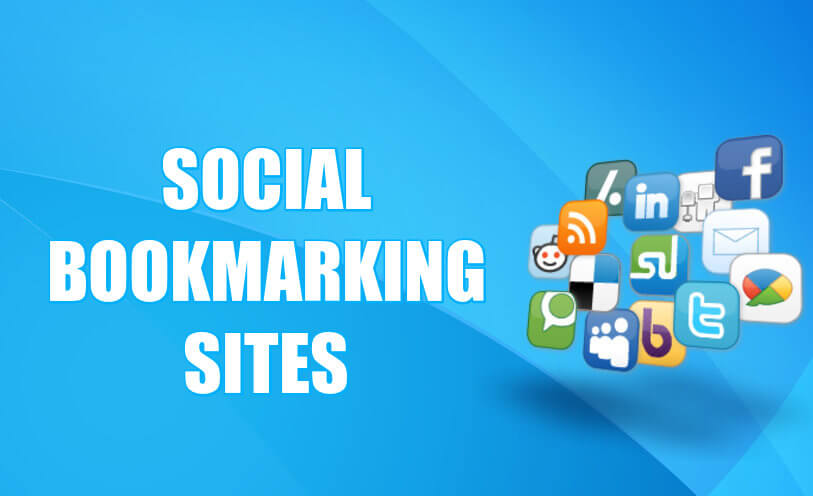Today, marketers are doing everything they can to reach their target audience. While various marketing principles hardly change, the tools businesses use to gain competitive advantage evolve regularly.
For example, in the past, newspaper advertising was common practice. However, advanced technology like artificial intelligence and digital advertising has overtaken it. Advanced technologies play a crucial role in business marketing. Read on to understand some of the emerging technological advances in marketing.
Automation Tools
The proper automation tools allow marketers to analyze big data and extract insights. Further, the advancement of predictive analysis mediums will enable digital marketers to execute success-based functions on a bigger marketing scale.
With these advancements, marketing will involve the creation of campaigns and monitoring the behavior of potential customers. In the coming years, marketing will remit unique recommendations in all crucial customer interaction points. However, marketers may face some challenges when utilizing automation tools. For example, many marketers could struggle to navigate through advanced technology while exercising caution to pick the suitable technology that transforms to fit the fast-evolving marketplace.
Prioritization of functions will be another challenge that involves identifying the ideal starting spots to push a business forward. The next era of advertising automation tools will offer robust open Application Program Interfaces (API) that establish and drive conversions. Application interfaces are also expected to evolve.
Internet of Behaviors (IoB)
Internet of Things(IoT), a chain of interlinked components that collects and exchanges data over the internet, has been in existence for some time now. On the other hand, the Internet of Behaviors is a concept that combines IoT with behavioral science and data analytics. IoB attempts to translate human practice like purchasing a particular product, washing hands in the workplace, and tracking their preferred brands on social media.
By adopting IoB and telematics, marketers can track a driver’s behavior, such as sudden braking and unusual turns that commercial vehicles make. Companies can then use the data to track drivers’ performance and boost their efficiency.
As many companies move back to physical workstations, they can leverage RFID(Radio Frequency Identification) tags and sensors to ascertain whether or not employees are wearing masks and washing hands regularly. They can then leverage the collected data to issue warnings in case of protocol breaches.
Hyper-Local Marketing
Apart from the advancement of IoT gadgets and the increased demand for personalized customer support, many marketers are adopting geolocation data. Local marketing has been in existence for some time now.
Both small and big global brands understand that personalizing marketing messages to fit the needs of the local target audience is crucial. Today, search engines play a critical role in promoting local businesses regardless of what they are selling.
A considerable percentage of marketers now utilize location data in their advertising and marketing campaigns, while many more marketers hope to use it in the future. As smartphones become more popular, marketers are targeting potential customers with text messages regardless of their location.
Matching geolocation with advanced technologies like IoT gives marketers a chance to create targeted and complex marketing. For example, customers can receive alerts reminding them to purchase certain products when they pass close to the grocery store.
Artificial Intelligence (AI) Based Automation
There have been significant AI developments in recent years, with many companies using the technology for marketing purposes skyrocketing. Artificial intelligence is one of the most significant technologies behind voice search and intelligent assistants. Chatbots are gradually becoming more popular and appearing on more websites.
Automation and Artificial Intelligence are doing most hard marketing tasks allowing companies to focus on delivering an excellent customer experience. Combining predictive analysis and big data can enable marketers to understand their customers better, increasing customer acquisition.
AI has recently been enabling scalable marketing communications and hyper-personalization. Remember, the human element of marketing remains critical. The goal of leveraging advanced technologies should be to improve marketing efforts as opposed to replacing humans entirely.
Smart Bidding
Smart bidding strategies are available on Google Ads. Many players in the digital marketing industry have been discussing automation recently. Marketers invest lots of money and time in optimizing bids and keywords when running a Google Ad program.
The concept of automated bidding eliminates all the guesswork and speculations, allowing marketers to achieve their goals with ease. Google reviews each data and changes the bids to enhance efficiency and boost the performance of your drive. Automated bidding has been in the market for a long time, but Google has recently upgraded it.
Live Videos
By 2027, the growth of the live video streaming industry is expected to strike 184.3 billion. Many people enjoy live streaming because it exposes them to real-time footage and allows them to; engage one-on-one with industry professionals and see what happens behind the scenes.
This technology is also essential for businesses because it triggers curiosity and boosts awareness for their brands. Today, many companies invest in live videos, with some hosts running question and answer sessions while others organize live brand tutorials from influencers.
Takeaway
Technology is advancing fast, and marketers cannot overlook its effectiveness in marketing campaigns. Companies should consider focusing on customer-oriented marketing, a trend that has been around for some time, and one that will continue into the future.






